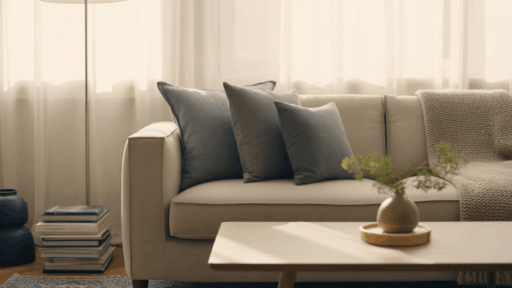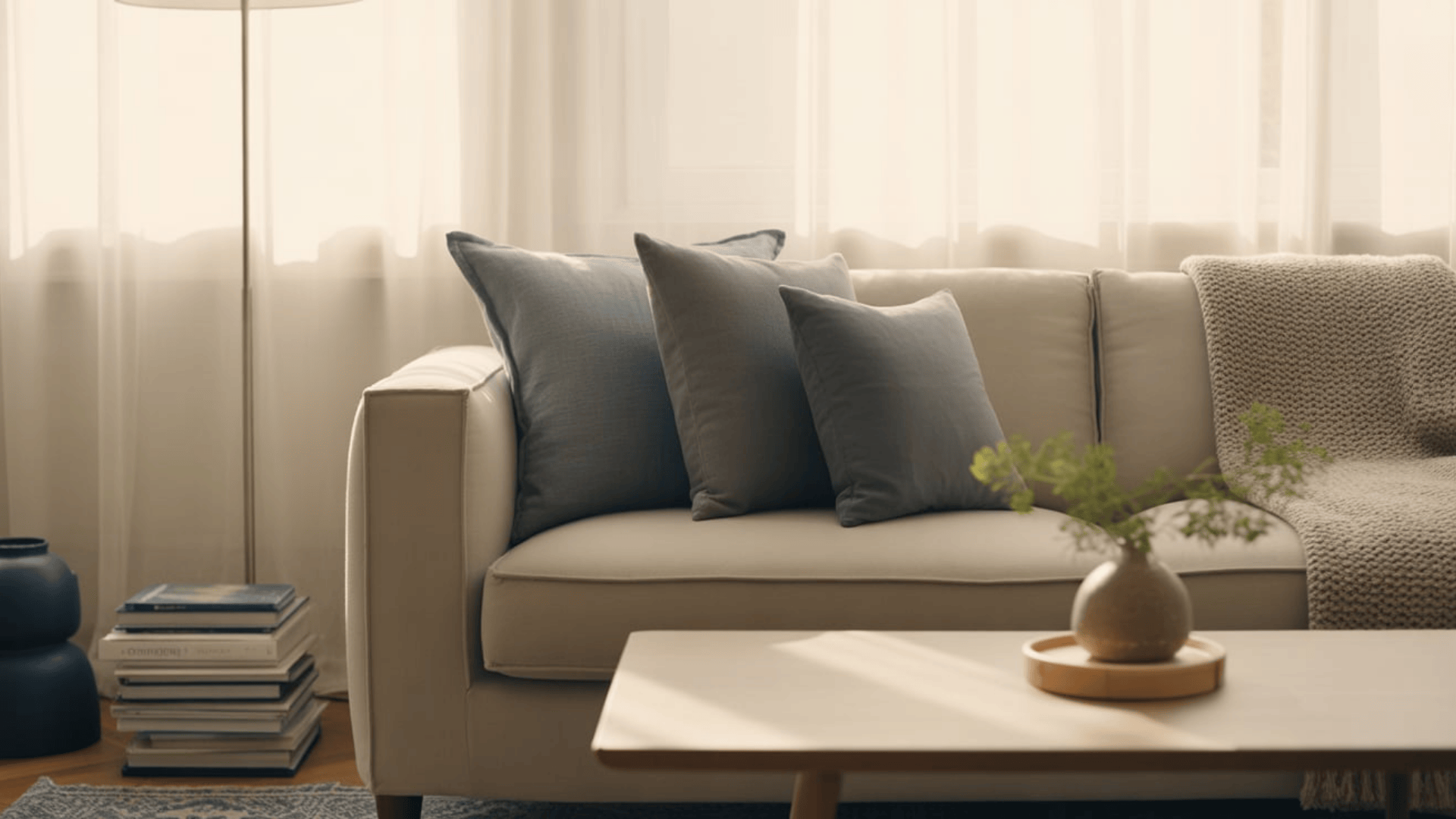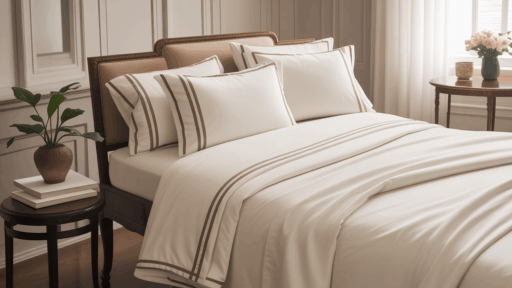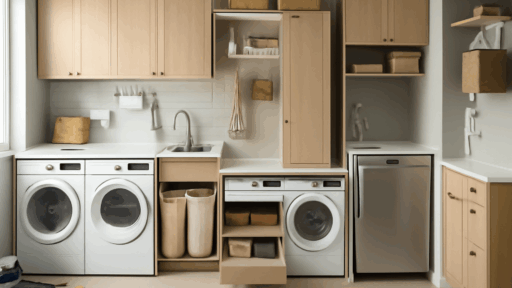Beige and grey are strong choices for home design.
Beige gives a warm and soft feeling, while grey adds a cool and calm touch.
When used together, they make rooms feel steady, not too bright or too dull.
This mix works well in bedrooms, living rooms, or even kitchens.
It’s a smart pick for anyone wanting a clean space that still feels cozy.
These colors also work well with other items like curtains, pillows, rugs, and wall art.
Whether your home is old-style or new, they blend in easily.
You can also add colorful pieces to bring energy to the room.
Changing the look over time is simple: swap out small things.
Using wood, soft fabrics, or metal can give the space more life and stop it from feeling flat.
Beige and grey offer a flexible, easy-to-live-with color mix.
Design Psychology: Beige and Grey in Home Design
When designing a space, it helps to know what each color brings to the room.
Beige and grey may seem easy, but they each offer something special.
Here’s a closer look at what makes these two colors useful in different rooms.
Beige
Beige is a soft shade made by blending white and brown.
It brings a gentle feel into a room and helps create a peaceful and welcoming space.
Beige pairs well with other mild tones like cream, tan, and gold.
You often see it in living rooms and bedrooms because it makes them feel quiet.
It also works nicely in rooms with wooden floors or furniture.
Grey
Grey is a relaxed shade created by mixing black and white.
It gives off a tidy feel.
Grey works well in modern spaces where you want things to look neat and simple.
It’s a good match with blues, greens, and even metallic finishes like silver or steel.
You might see grey in kitchens, offices, or bathrooms for a steady look.
Why Beige and Grey Work Together?
Beige and grey pair well because they balance each other.
When used together, they make rooms feel easy to enjoy.
Beige softens grey’s sharpness, and grey tones down Beige’s warmth.
This works in all kinds of spaces, bedrooms feel restful, kitchens look neat, and living rooms stay quiet but fresh.
These two colors also leave room for bold touches like bright pillows or printed rugs.
You can mix different tones, such as pale Beige with charcoal grey, to keep things interesting.
To avoid a dull look, add layers through texture.
Try cozy blankets, rough wood pieces, smooth ceramics, or glass.
These small changes bring depth without being too loud.
Beige and grey are smart choices for anyone who wants a steady, flexible, and easy-to-adjust style.
Using Beige and Grey to Support Mental Health
Neutral colors like Beige and grey can help people feel relaxed at home.
These colors are gentle on the eyes and can lower stress.
When a room is free from strong colors or busy patterns, it feels easier to be in.
Beige and grey work well together because they reduce the visual clutter, helping the mind slow down.
This is great for thinking clearly or even falling asleep.
Neutrals and Noise: Creating a Low-Stress Home
Bright colors and bold patterns can make a room feel loud and busy.
They pull your attention and make it harder to rest.
Neutral colors like beige and grey do the opposite.
They stay in the background, letting your mind and eyes rest.
Together, they make a space feel silky and still.
This color mix is great for bedrooms, living rooms, or quiet corners.
It helps reduce stress by reducing visual clutter and creating a soothing place to think, rest, or feel at ease.
How Different Ages React
Colors can change how people feel at home.
Some shades help us rest and feel calm.
Beige and grey are two colors that many people like.
Let’s see how folks of different ages respond to them.
Young Adults
Beige and grey are popular with young adults because they help create a quiet space after a busy day.
Whether it’s school, work, or just a full schedule, these colors make it easier to unwind.
The mix feels fresh, helping the mind reset.
Older Adults
Older adults often enjoy beige and grey because they bring a sense of safety and comfort.
These colors don’t feel loud or sharp, and that steady feeling can make it easier to rest, read, or enjoy quiet hobbies.
Historical Relevance of Beige and Grey
Colors aren’t just for style; they carry history.
Beige and grey have been part of homes for centuries, shaping the way spaces feel and look.
Their long use in design shows how much people value balance.
Let’s take a closer look at where these colors came from and why they still matter today.
| COLOR | EARLY POPULARITY | WHAT IT MEANS | WHERE OR HOW IT WAS USED |
|---|---|---|---|
| Beige | Popular in 1920s–1930s | Safe, natural (like sand/stone) | Common in post-WWII homes: walls, carpets, furniture |
| Grey | Dates back to the 1700s–1800s | Strong, calm, formal | Seen in castles, fancy homes, and modern use in minimal styles |
Beige and grey have been part of design history for hundreds of years.
They each bring something special together, and they help create rooms that feel both personal and lasting.
How to Pair Beige and Grey at Home?
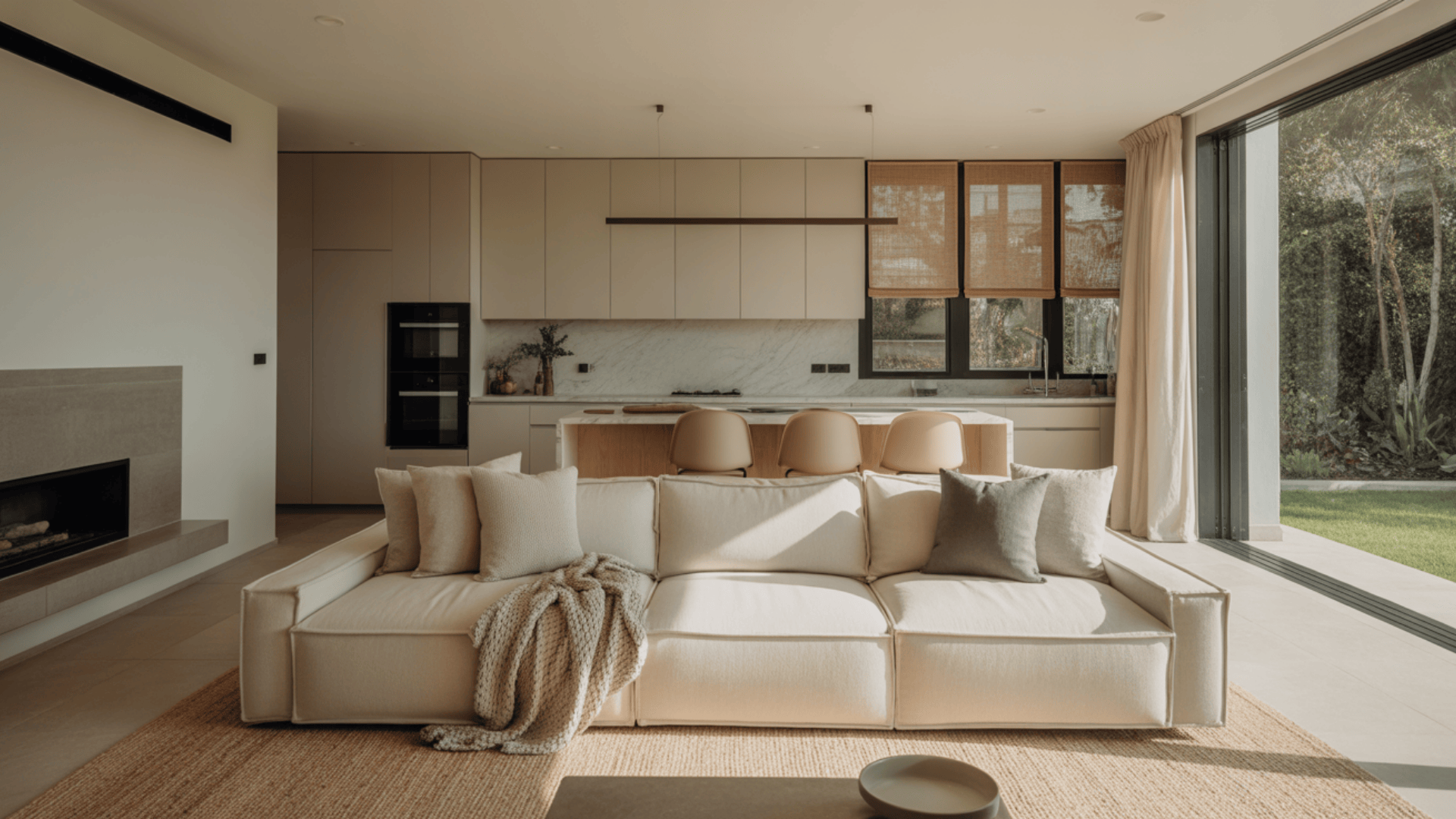
Beige and grey can work great together when used in balance.
Used the right way, they can make each room look nice without being boring.
1. Room-by-Room Use
Each color works better in different parts of the home.
Beige’s comfy texture makes it perfect for places where you relax.
Grey brings a tidy feel, great for active spaces.
Choosing the right spots for each color can make your home feel both expressive and neat.
2. Living Room & Bedroom
Use Beige as the main shade here.
Beige walls or couches make the room feel peaceful.
Add grey with throw pillows, side tables, or blankets.
This mix keeps the room from looking dull.
3. Kitchen & Work Area
Use grey more in these rooms.
It looks tidy and helps with focus.
Cabinets, shelves, or backsplashes in grey work well.
Beige can soften things through stools, blinds, or wall art, so the room still feels friendly.
The 60-30-10 Rule
This easy rule helps balance the two colors.
Use one color (beige or grey) for 60% of the room – think walls, large rugs, or a sofa.
Use the other color for 30% – like curtains, chairs, or smaller rugs.
Choose a bright or deep tone (like navy, rust, or teal) for 10% – pillows, vases, or picture frames.
This rule keeps the look balanced and adds some pop.
Use of Texture
Mix different materials so beige and grey don’t look flat.
Smooth and Rough Surfaces: Try a grey rug with a rough beige wood table.
Layered Textures: Use stone pots, cotton pillows, and glass lamps to make the room feel full and interesting.
Mix Fabrics: Linen, velvet, wool, and leather all work well together, adding depth without needing more color.
5 Easy DIY Projects Using Beige and Grey
If you’re looking for easy ways to bring them into your home, try one of these easy DIY projects.
They use basic tools and can be done over a weekend.
1. Wall Art
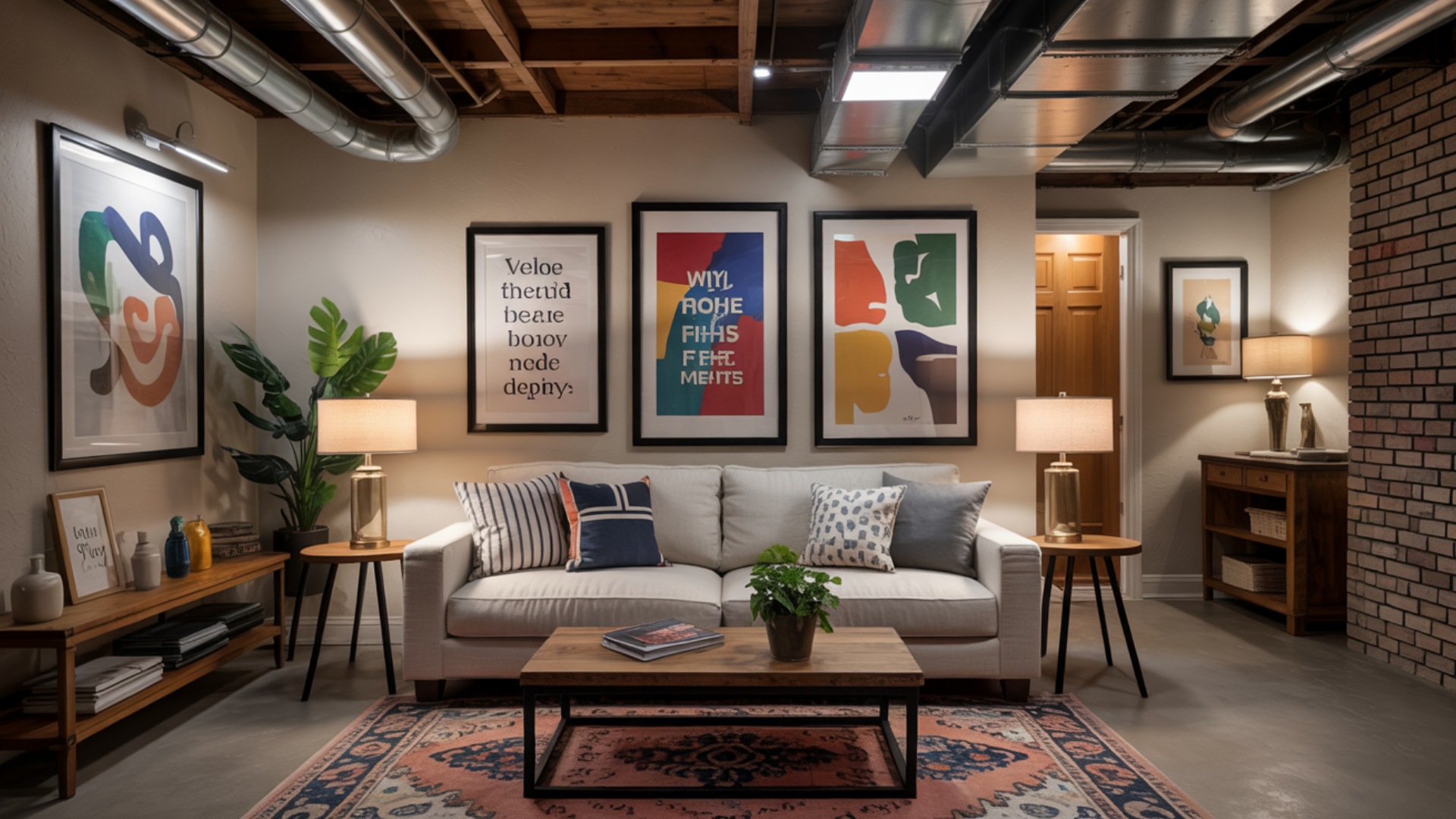
Make your modern wall art with beige and grey tones. Start by getting a plain canvas from a craft store.
Use painter’s tape to form shapes like triangles, stripes, or chevrons.
Then paint the open areas using a mix of beige and grey, try light shades first, and go darker in a few spots for contrast. Let it dry overnight.
Once dry, peel off the tape to reveal clean lines.
This piece adds texture to any dull wall, especially in bedrooms or hallways.
2. Pillow Covers
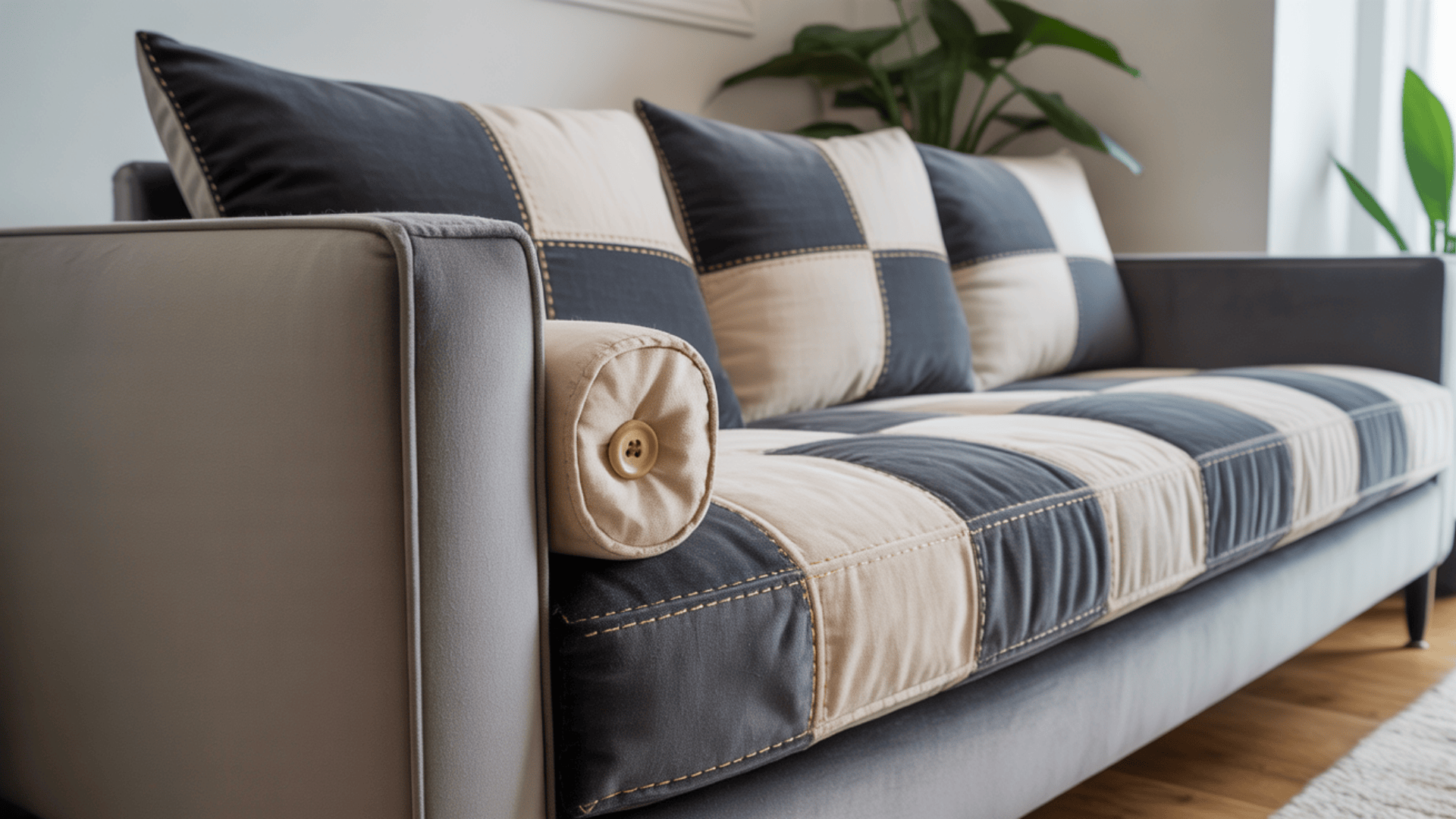
Give your couch or bed a stylish update.
Choose two different fabrics, try beige linen for a relaxed feel and grey velvet for a rich texture.
Cut both fabrics into equal-sized squares or rectangles.
Sew them together with one on each side for contrast. Add a zipper or buttons on one edge to make washing easy.
These covers are simple to make and bring a fresh look without needing a full room redo.
3. Ombre Wall
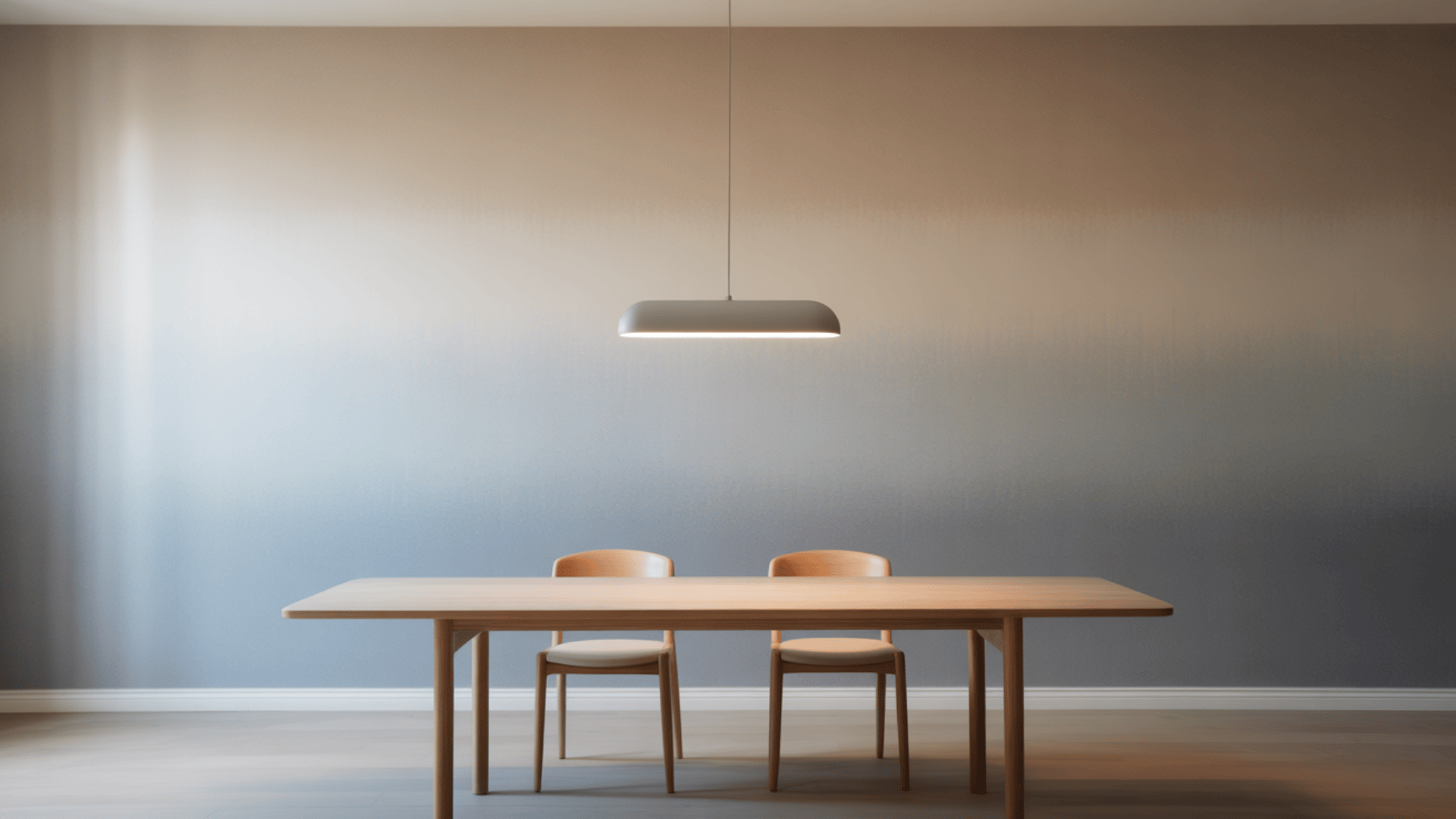
This one brings color flow to your space.
Pick one wall, maybe in your dining room or home office, and plan your gradient.
Start with Beige at the top. Mix a bit of grey into the Beige for the middle section.
Use pure grey for the bottom. While the paint is wet, use a wide roller and blend gently between each zone.
This fade creates a soothing mood and makes the wall feel taller and more open.
4. Table Runner
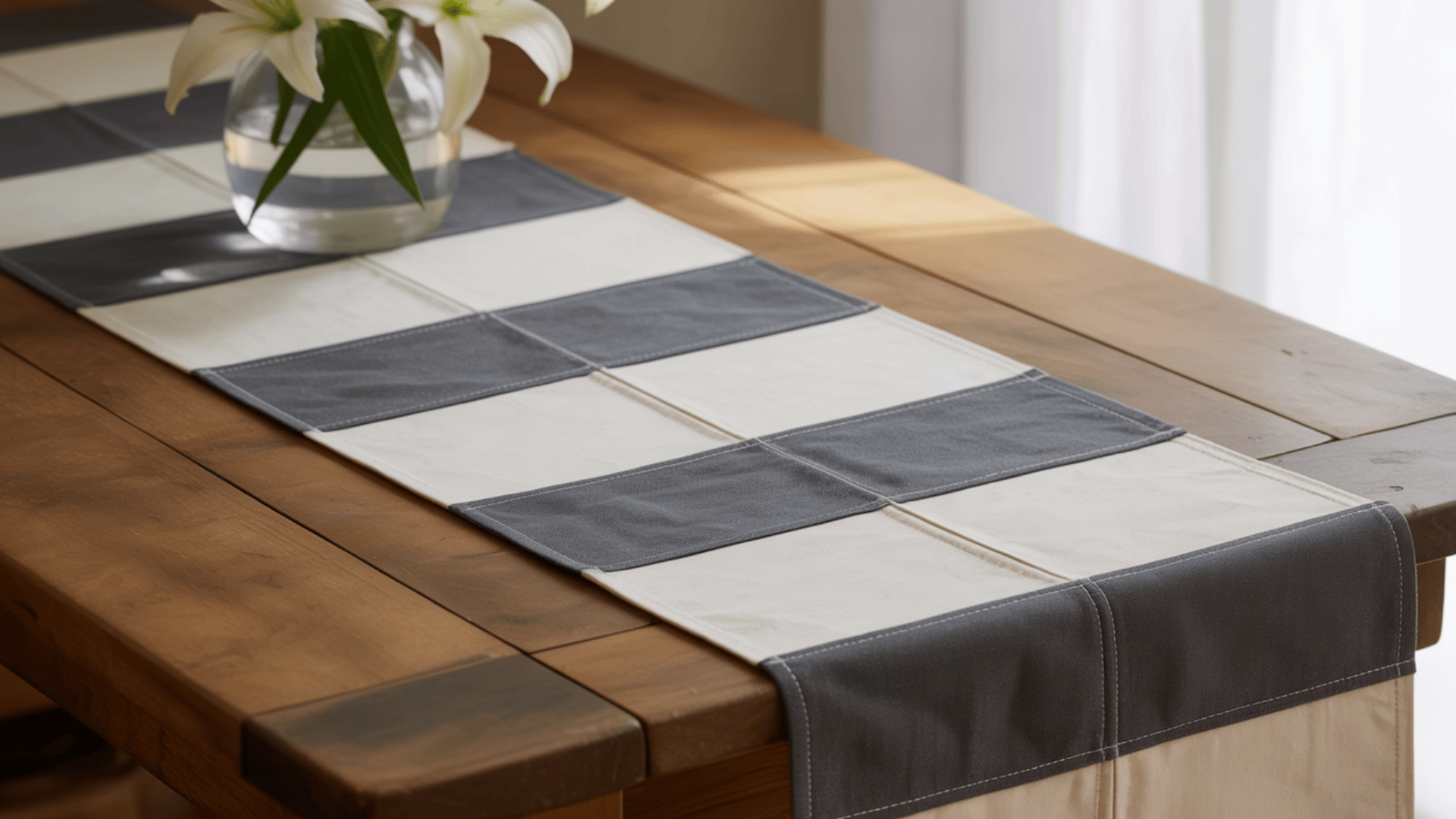
Make a fabric table runner that works all year round. Cut long strips from beige and grey fabric.
Alternate light and dark shades or use different textures like cotton and canvas.
Sew the strips together along their long sides, creating a patchwork-style runner.
Press the seams flat with an iron.
The finished runner brings a nice contrast to wooden or white tables and can be switched around for a different look on either side.
5. Painted Old Chair
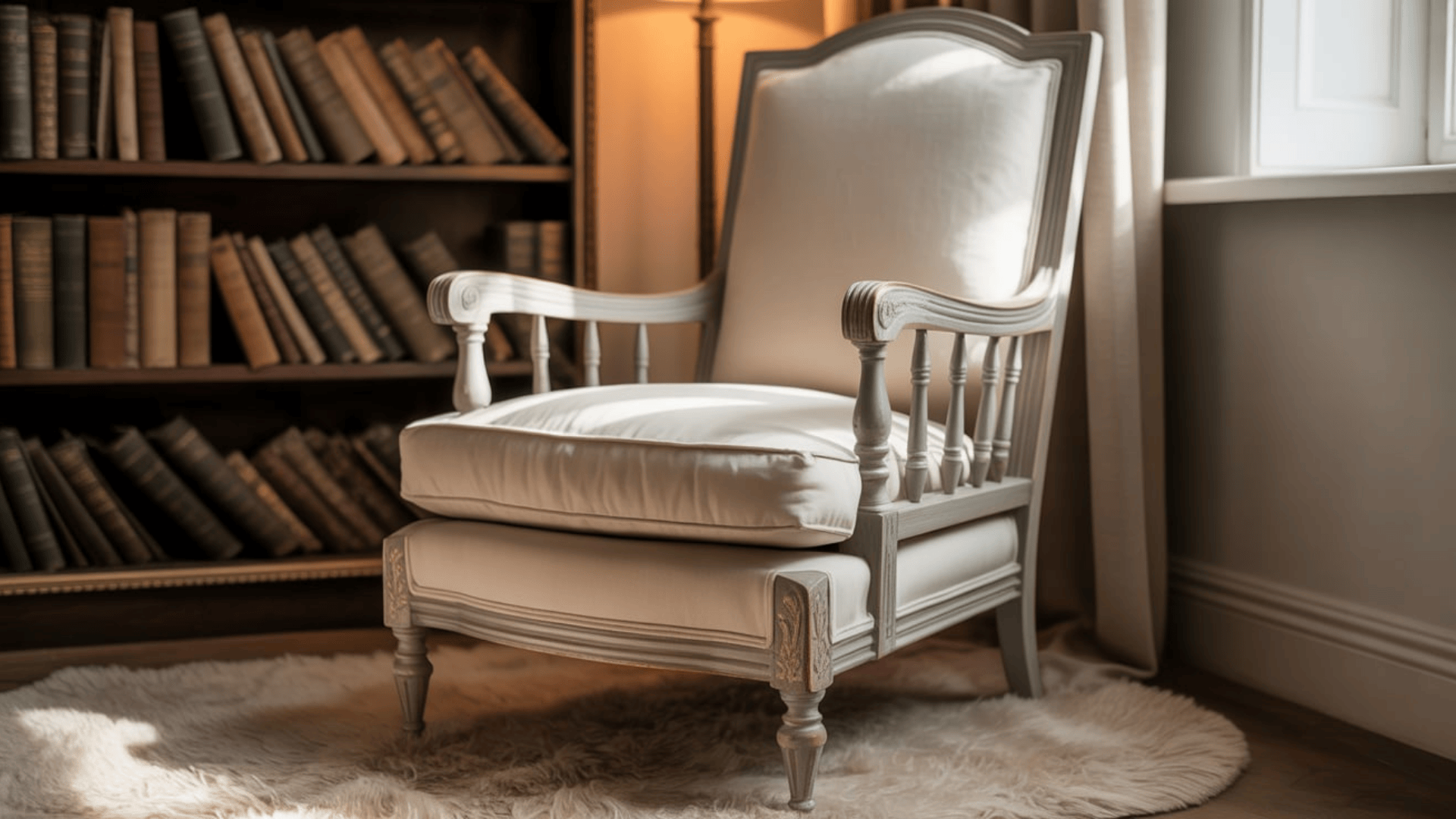
Turn an old chair into something special. Pick a wooden chair that’s lost that’s charm.
Sand it lightly to smooth out any rough spots. Paint the whole chair beige and let it dry fully.
Then take grey paint and lightly brush it on the edges, corners, and spindles.
After it dries, sand those spots again just a little. This will reveal bits of the Beige, giving it a layered, slightly aged finish.
It’s perfect for a reading corner or entryway bench.
Accent Colors that Work with Beige and Grey
To change the look or create contrast, try pairing them with other color types.
The options below can help shift the mood or draw the eye without taking over the space.
| TYPE | EXAMPLES | EFFECT |
|---|---|---|
| Metals | Gold, silver, copper | Brings shine and polish |
| Natural | Wood, plants | Adds comfort and life |
| Bright | Navy, green, mustard | Adds strong contrast |
Metals, wood, and deeper tones can shift the focus or create contrast, while keeping the overall look balanced and clear.
Metals:
- Gold gives a generous glow.
- Silver keeps things cool.
- Copper adds style without being too bright.
Natural Tones:
- Wood adds ardor.
- Plants make the space feel fresh and more alive.
Bold Colors:
- Navy or deep green stands out without clashing.
- Mustard or maroon adds just enough color to catch the eye.
Using accent colors with Beige and grey can change how a space feels.
Final Thoughts
Beige and grey work well together because they offer expression, balance, and flexibility.
These two colors can be used in any room and with many styles.
Start with the 60-30-10 color rule to keep things even.
Use textures like fabrics, stone, or wood to add interest.
Add bold items in small amounts, like a pillow or a lamp, to keep things from feeling too simple.
Bring in personal items in matching colors to make the room feel like yours.
This color mix lets you change the room’s look without a lot of effort.
Beige and grey are good choices for a soothing bedroom, a neat office, or a serene living space.
They don’t go out of style and are easy to update later.
With the right mix of color, shape, and feel, your space can be simple, restful, and full of meaning.

